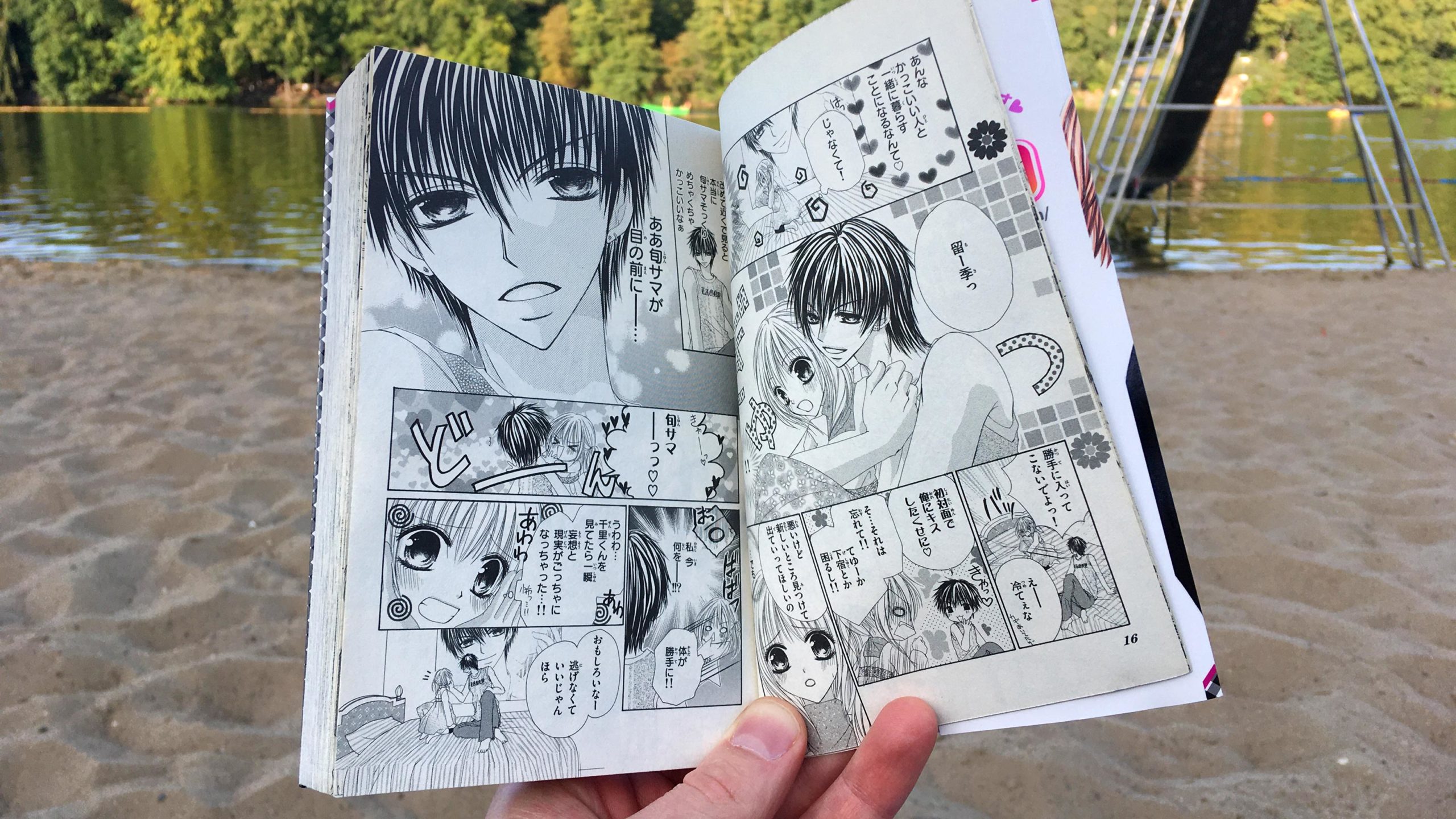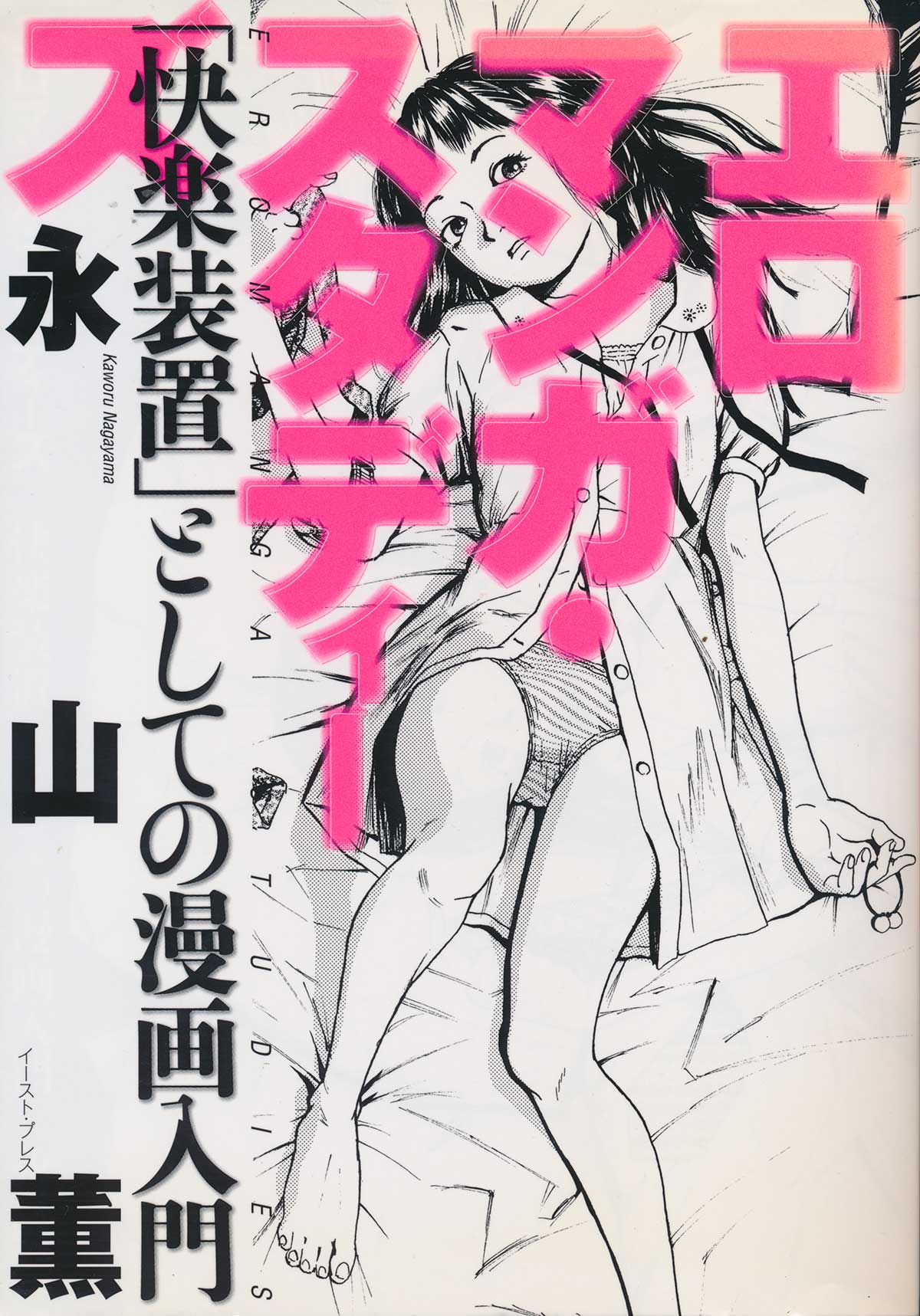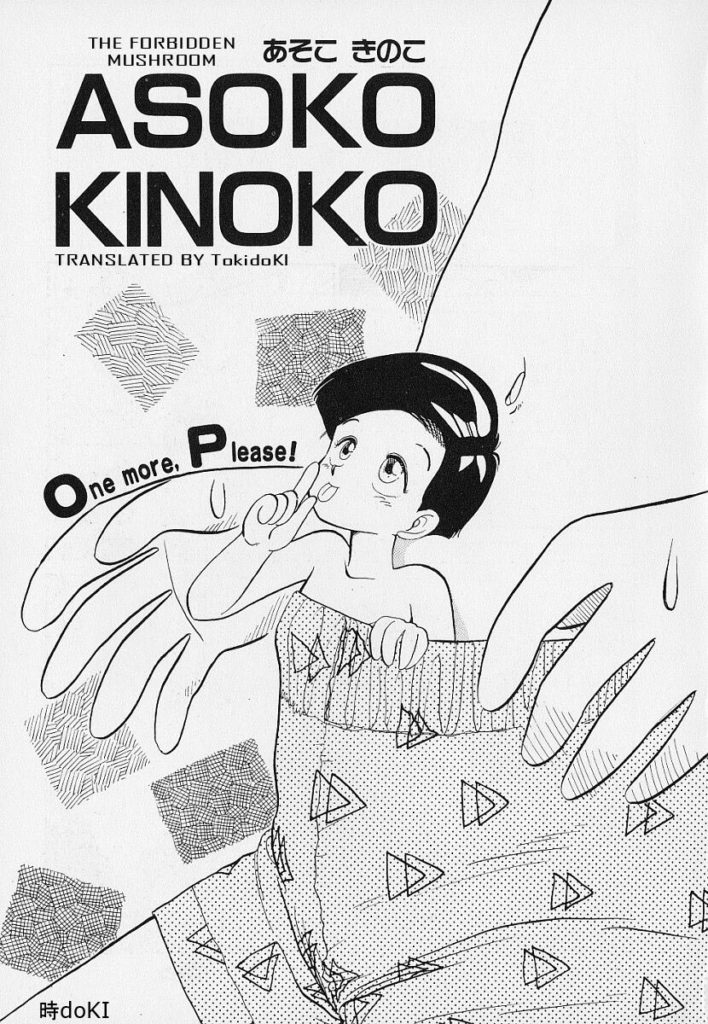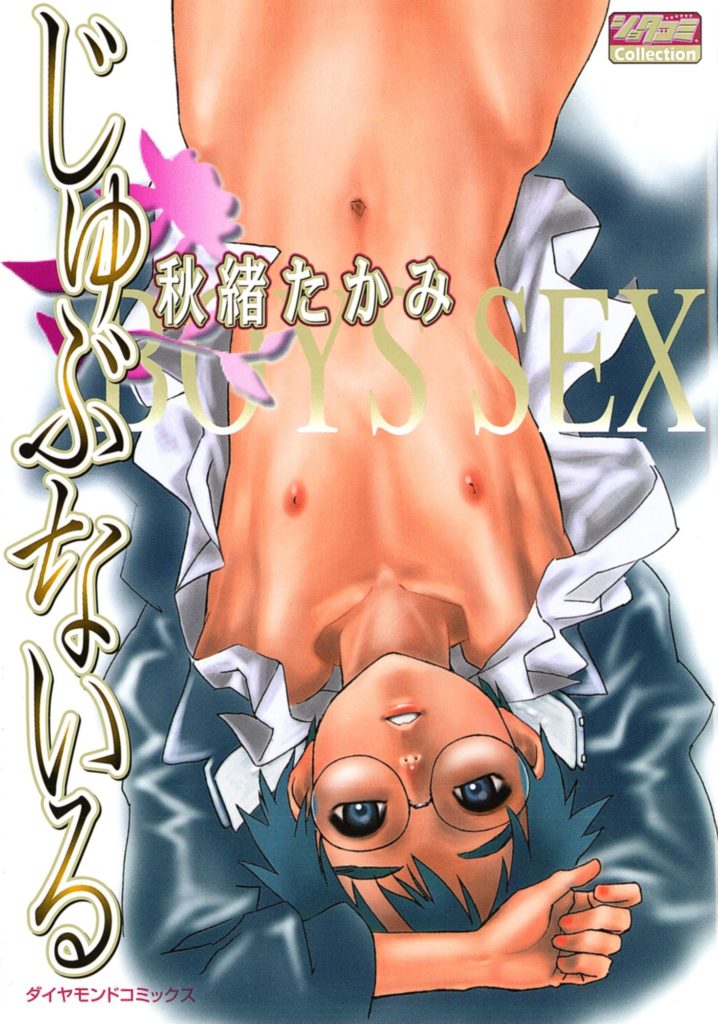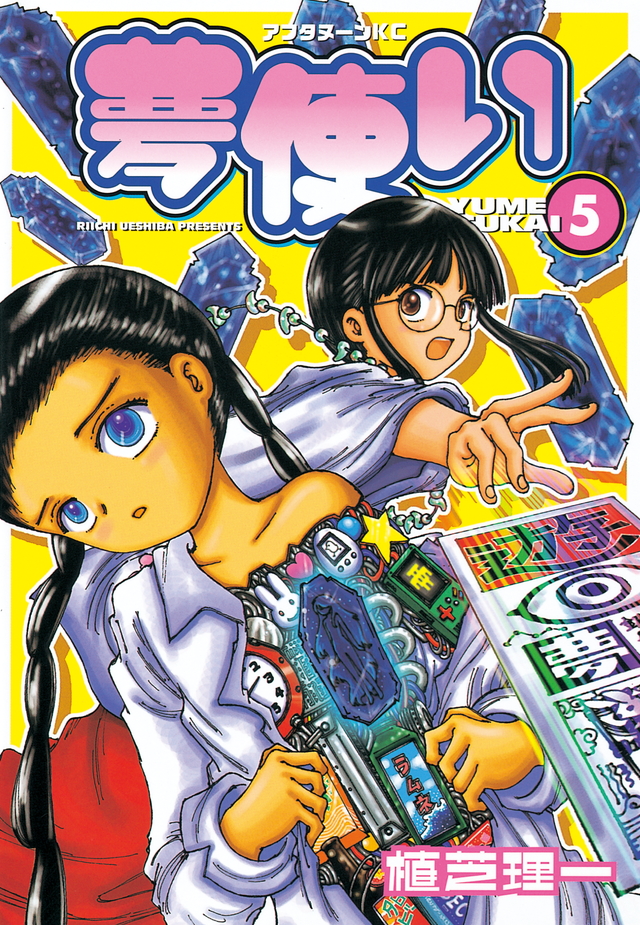Kurumatani Haruko (車谷晴子) is my favourite shōjo mangaka. I just started reading her work Kyokujō danshi to kurashitemasu 1/極上男子と暮らしてます。①. I think the title can be (freely) translated to “Yay, I’m living with a super sexy boy!”
The story
16-year-old Ruki lives with her mother and adores the manga boy Shun-sama. One morning when she exits her room, Shun-sama is standing in front of her. How is it possible? Ruki concludes that it must be a dream, and since you can do what you want in a dream without consequences, she starts kissing Shun-sama.
It turns out, of course, that it wasn’t a dream. The boy is Senri-kun, who has come to live with them, as arranged by Ruki’s mother. And here begins the quandaries for Ruki-chan, who on one hand thinks the new boy is naughty and irritating like boys are, but on the other thinks he looks so much like fictional Shun-sama that she just has to throw herself in his arms every now and then.
Reality and fiction mixed up
After once again having told Senri-kun off (he keeps making advances on her because of the mixed signals he’s getting), Ruki thinks while looking at both Senri-kun and the poster of Shun-sama that hangs above her bed:
Wow, once again he looks just like Shun-sama up close! My god, Shun-sama is standing in front of me!
She throws herself in Senri-kun’s arms, thinking “Shun-sama … ❤️❤️”, but quickly comes to her senses, thinking “What am I doing?” She thinks:
When I’m looking at Senri-kun I can’t differ between fantasy and reality!!
I love how the discussion of fantasy and reality, or 2D and 3D shota, takes place within a fictional work, just like in Yankee-shota to otaku-onēsan/ヤンキーショタとオタクおねえさん.
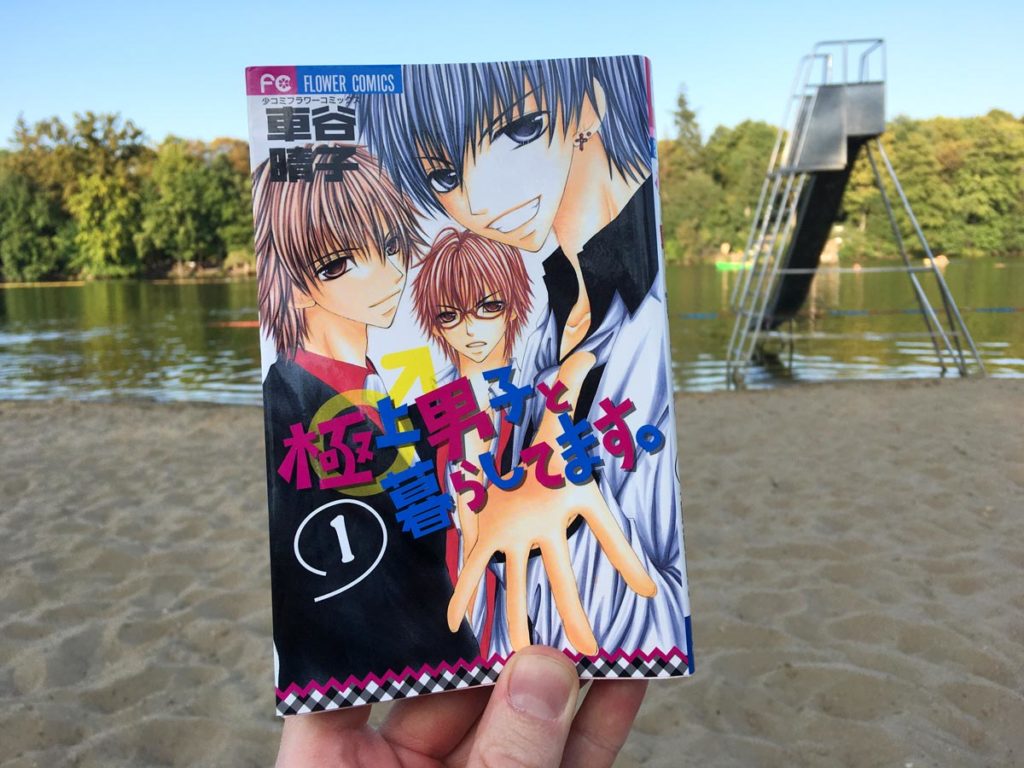
Kurumatani Haruko-san is my favourite shōjo mangaka. Her theme is “bad boys” and the girl who falls for them. I have previously read and loved these works by Kurumatani-san:
- 悪党男子コレクション (2005, read 2016)
- 最恐彼氏 (2006, read 2017)
- アイドル様の夜のお顔 (2007, read 2019)
